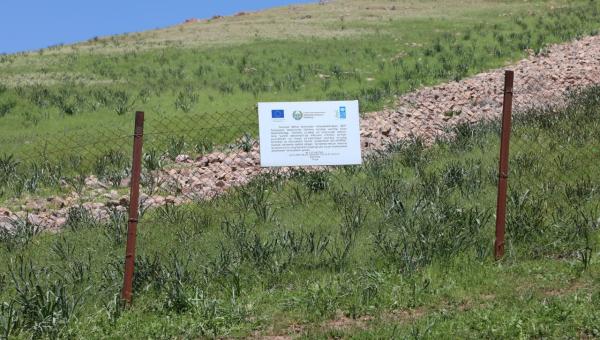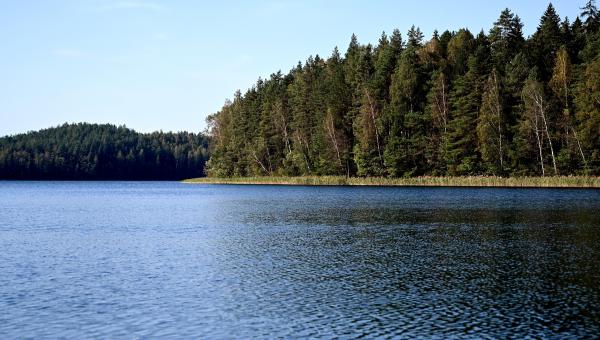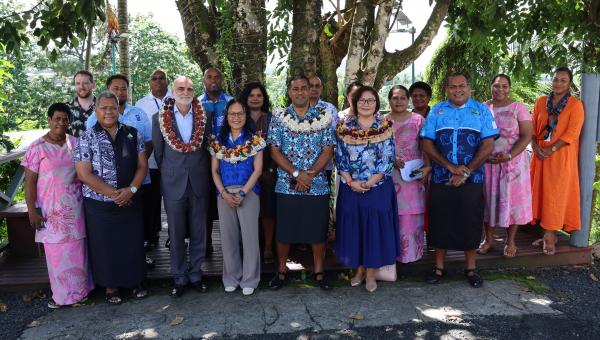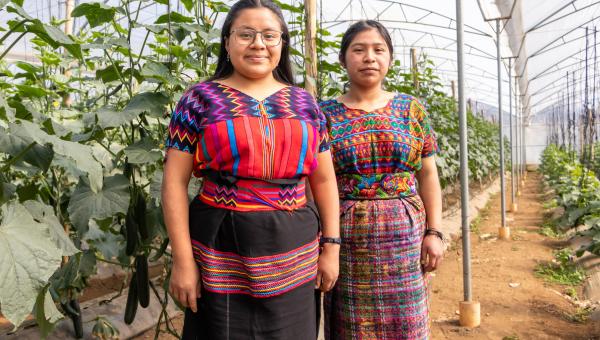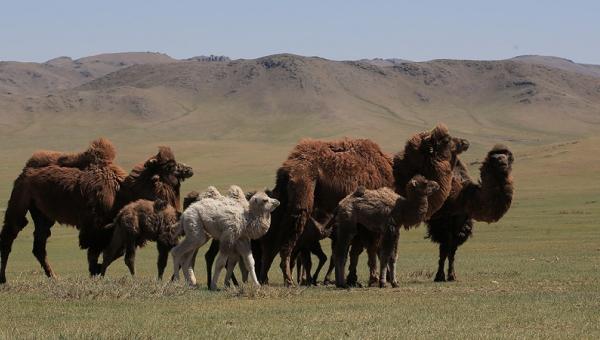Nature
Integrated Landscape Management
Integrating conservation, sustainable use, and ecosystem restoration to sustain biodiversity and promote solutions that work for people and planet
Prevent, halt and restore
Close to 50 percent of land is assessed to be degraded. The world’s ecosystems – from oceans to forests to farmlands – are being degraded at an accelerating rate. Human activity has over-exploited and used natural resources in an unsustainable manner, accelerating natural processes of degradation that are now compounded by the climate crisis.
All ecosystems globally are affected by degradation, as a result of both natural and anthropogenic causes. Currently, 75 percent of the terrestrial environment, 40 percent of the marine environment, and 50 percent of streams show severe impacts of degradation. Our current agricultural practices are causing soils to erode up to 100 times faster than natural processes can replenish them.
Land degradation also leads to biodiversity and ecosystem services loss, and ultimately to decreased agriculture production and food insecurity. This affects the livelihoods of up to 3.2 billion people around the planet. People living in poverty, women, indigenous peoples and other marginalized groups bear the brunt of this damage, worsening existing inequalities.
Supporting ambition on ecosystem restoration
UNDP has supported communities and governments to prevent, halt and reverse ecosystem degradation for many years, scaling up efforts through innovative partnerships with local communities, Indigenous Peoples, civil society organizations, private sector and governments. This work spans all regions of the world and across many ecosystem types including farmland, forests, freshwater, grasslands, shrublands and savannahs, mountains, oceans and coasts, peatlands and urban areas.
This work contributes to building resilience against shocks and stressors such as floods, fires and drought, allowing ecosystems to continue to generate ecosystem goods and services that contribute to food and water security while helping resource users to generate incomes and build livelihoods.
The ecosystem restoration work of UNDP is spread across many thematic areas, including ecosystem-based-adaptation within the climate change adaptation thematic area. UNDP supports countries to integrate conservation and targeted restoration of natural ecosystems and degraded landscapes – such as mangrove forests, wetlands, and catchment forests – into an overarching ecosystem-based adaptation strategies that protect against climate change threats.
UNDP also supports vulnerable communities and countries in drylands and other fragile ecosystems to build social and ecological resilience to adopt and scale up sustainable land management and ecosystem restoration techniques. Some of this work is specifically targeted towards local communities through the deployment of small grants to implement locally-adapted solutions to reverse degradation trends through sustainable land management, agroecology, sustainable agriculture and sustainable forest management practices.
Work on the ground
Through the Global Policy Centre on Resilient Ecosystems and Desertification (GC-RED), UNDP provides policy advice and capacity building support for:
- (i) sustainable management of renewable natural capital for optimal livelihoods support and job creation with a particular focus on the poorest and most vulnerable communities; and
- (ii) social and ecological resilience in drylands and other fragile ecosystems.
UNDP is an official partner of the UN Decade on Ecosystem Restoration and is in the process of developing the Restoration Promise, including meaningful contributions to the Great Green Wall and Sahel regions.
In addition, UNDP is teaming up with FAO and non-governmental organizations to scale up agroecology and landscape management through the ‘1000 Landscapes for 1 Billion People’ scheme – a 10-year programme that is under development.

 Locations
Locations



